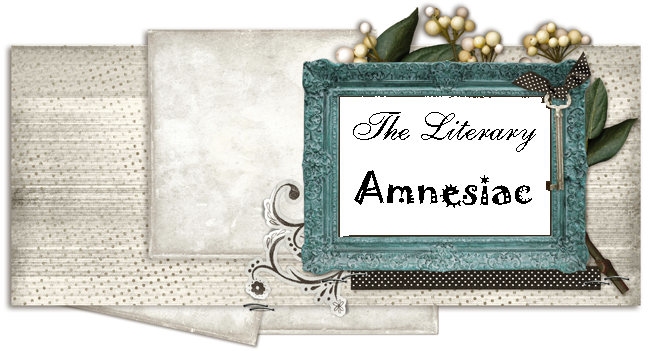 This is one of those books I enjoyed so much that I read it too quickly and now I’m sad it’s over already.
This is one of those books I enjoyed so much that I read it too quickly and now I’m sad it’s over already.
It’s a book of ten short stories, only one of which has a male narrator. Each was basically about relationships (not all romantic), none of which were easy or stress-free—instead, they were so real and honest and full of quietly riveting conflict. The humiliation, the lust, the envy—it was never overblown or melodramatic, it was just fully human. I can’t think of any story in which there was a hero or a villain, characters I felt I was meant to love or hate—just people with both good and bad in them, people who made totally understandable mistakes, people who interacted in ways that made complete sense. People who couldn’t possibly have been made-up characters... but (I assume) they were.
This is one of the only books of short stories I’ve ever finished reading with the ability of looking at the table of contents and remembering the gist of every story as I run my eye down their titles. It’s also (considering how many unread books remain in the world) added to a very short list of books I would pick up and reread again someday. I think I liked it even more than Rachel Cusk’s Outline, and I’d definitely be interested in reading more of this author’s work.
Bonus: look where I bought it! Fun experience that I highly recommend for any book-lover.
This is one of the only books of short stories I’ve ever finished reading with the ability of looking at the table of contents and remembering the gist of every story as I run my eye down their titles. It’s also (considering how many unread books remain in the world) added to a very short list of books I would pick up and reread again someday. I think I liked it even more than Rachel Cusk’s Outline, and I’d definitely be interested in reading more of this author’s work.
Bonus: look where I bought it! Fun experience that I highly recommend for any book-lover.















